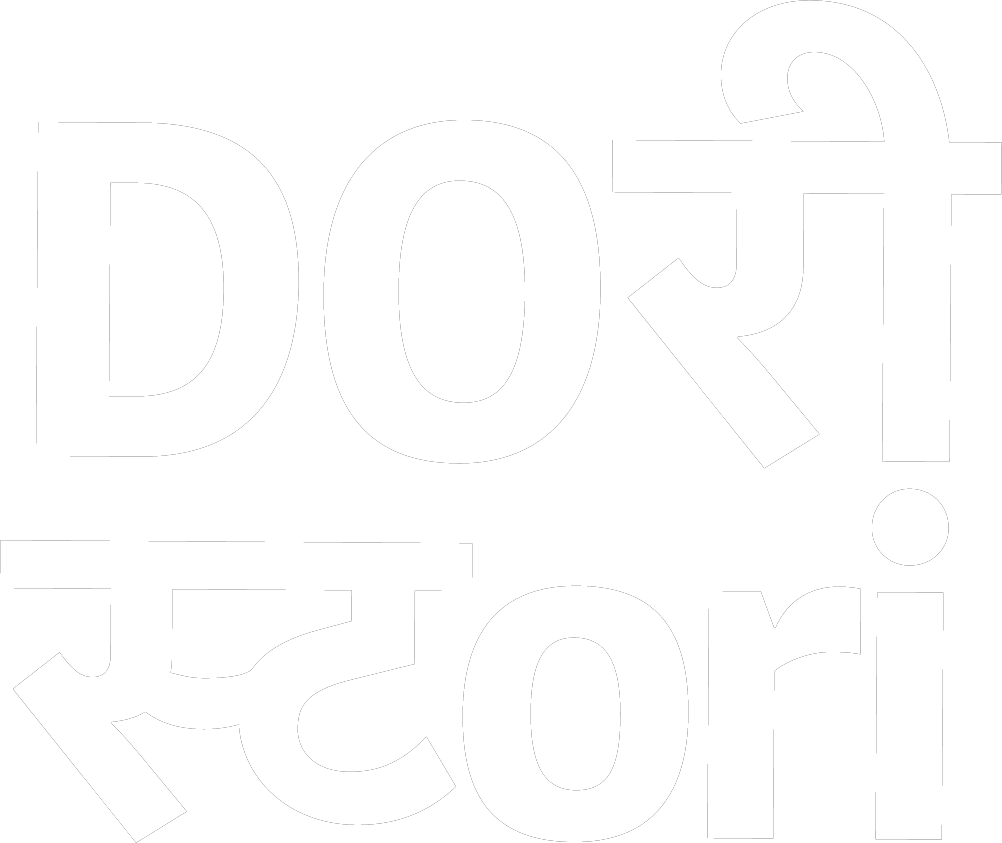Step One: Creating the Outline
The creation of Kantha embroidery begins with outlining the design. Artisans use a traced pattern that is pierced and then transferred onto the fabric using a liquid mixture of graphite. This initial outline serves as the foundation for the embroidery, which is traditionally crafted by women. This gender-specific artisanal involvement has been a hallmark of Kantha work for centuries, and it continues to this day.
Kantha Needlework
The hand embroidery technique used in Kantha is known for its intricate appeal. When applied to dupattas, the stitches are placed very close together, creating a visually stunning effect. This video showcases the delicate movement of the needle and thread, highlighting the effort involved in covering each motif meticulously.
Step Two: Embroidered Outline
The second step in the creation of Kantha is forming the embroidered outline. Most motifs in traditional Kantha are outlined using the running stitch before additional details are filled in with various embroidery techniques. Although different regions in Bengal and Bangladesh (formerly undivided India) use diverse stitching methods, the simple running stitch remains the oldest and most widely used technique in Kantha.
Filling in the Outline
The final step in the creation of Kantha involves filling in the previously made outlines, typically using the running stitch. Artisans employ various stitches and colors to bring these outlines to life, enhancing the overall beauty and depth of the embroidery.
Common Stitches of Kantha
Several stitches are frequently used in Kantha embroidery, each contributing to the unique character of the piece. Some of the most common stitches include:
- Run stitch
- Chinni (or Jhinni) stitch
- Jhere Bhorat (also known as Jheere Ran)
- Ago Phor
- Jheet Jhere
These stitches allow for creative expression while maintaining the traditional integrity of Kantha embroidery.
Motifs of Kantha: Lotus Design
One of the most common motifs in Kantha is the lotus, which comprises lotus flowers, stems, leaves, and the lake in which the lotus flower floats. This motif symbolizes purity and beauty, making it a cherished element in Kantha designs.
Motifs of Kantha: Birds and Fish
In addition to lotus motifs, bird and fish designs are also popular in Kantha embroidery. These motifs reflect the rich biodiversity of the region, celebrating nature and life through art.
Threads Used in Kantha
Artisans typically use Anchor threads for their embroidery, ensuring a high-quality finish in each piece. The choice of thread contributes to the vibrant colors and intricate detailing that Kantha embroidery is known for.
Explore Kantha on Social Media
To delve deeper into the world of Kantha embroidery, check out our Instagram page @shreembysrishti , where we showcase stunning images, videos, and stories of artisans at work. You can also find informative blogs and tutorials that provide insights into the techniques and history behind this beautiful craft.
